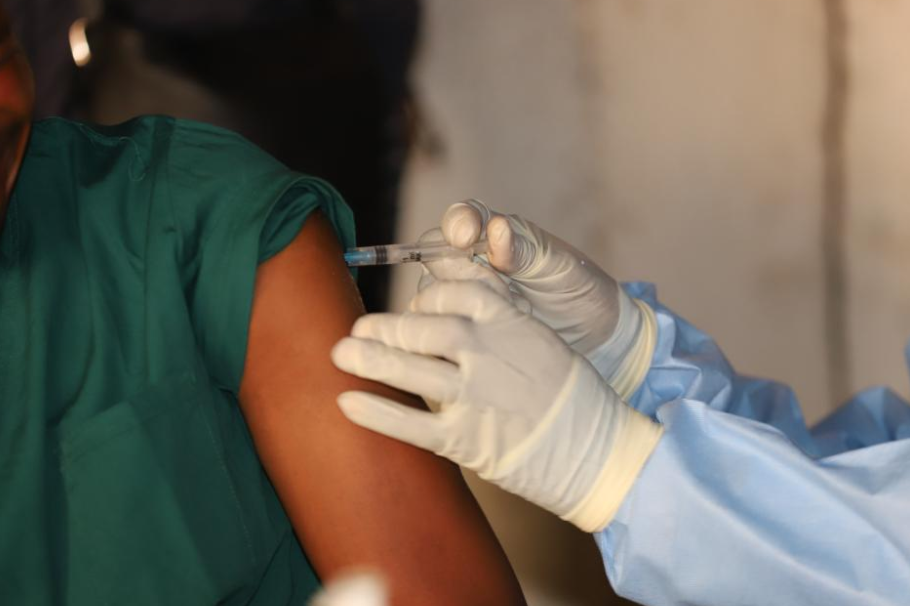Global economy projected to grow by 4 pct in 2022, 3.5 pct in 2023 - UN report


UNITED NATIONS -- After expanding by 5.5 percent in 2021, the global output is projected to grow by only 4 percent in 2022 and 3.5 percent in 2023, according to the United Nations World Economic Situation and Prospects (WESP) 2022, which was launched Thursday.
The report said that the global economic recovery is facing significant headwinds amid new waves of COVID-19 infections, persistent labor market challenges, lingering supply-chain challenges and rising inflationary pressures.
The robust recovery in 2021 - driven by strong consumer spending and some uptake in investment, with trade in goods surpassing pre-pandemic levels - marked the highest growth rate in more than four decades, the report highlighted. Yet the momentum for growth - especially in China, the United States and the European Union - slowed considerably by the end of 2021, as the effects of monetary and fiscal stimuli began to recede and major supply-chain disruptions emerged. Rising inflationary pressures in many economies are posing additional risks to recovery.
"In this fragile and uneven period of global recovery, the World Economic Situation and Prospects 2022 calls for better targeted and coordinated policy and financial measures at the national and international levels," said UN Secretary-General Antonio Guterres.
He added that "the time is now to close the inequality gaps within and among countries. If we work in solidarity - as one human family - we can make 2022 a true year of recovery for people and economies alike".
With the highly transmissible Omicron variant of COVID-19 unleashing new waves of infections, the human and economic tolls of the pandemic are projected to increase again. "Without a coordinated and sustained global approach to contain COVID-19 that includes universal access to vaccines, the pandemic will continue to pose the greatest risk to an inclusive and sustainable recovery of the world economy," Liu Zhenmin, undersecretary-general of the UN Department of Economic and Social Affairs, said at the hybrid press briefing on the launch of the report.
Employment levels are projected to remain well below pre-pandemic levels during the next two years, and possibly beyond. Labor force participation in the United States and Europe remain at historically low levels, as many who lost jobs or left the labor market during the pandemic have not yet returned, according to the report.
Labor shortages in the developed economies are adding to supply-chain challenges and inflationary pressures. At the same time, employment growth in developing countries remains weak, amid lower vaccination progress and limited stimulus spending. Africa, Latin America and the Caribbean, and Western Asia are projected to see a slow recovery of jobs.
In many countries, the pace of job creation is not enough to offset the earlier employment losses. Against the backdrop of weak job recovery, the number of people living in extreme poverty is projected to remain well above pre-pandemic levels, with poverty projected to increase further in the most vulnerable economies. In Africa, the absolute number of people living in poverty is projected to rise through 2023.
The report said that higher levels of inequality within and between countries are emerging as a longer-term scar of the pandemic. In the coming years, a full recovery of GDP per capita will remain elusive for many developing countries. Africa and Latin America and the Caribbean are projected to see gaps of 5.5 and 4.2 percentage points, respectively, compared to pre-pandemic projections.
These persistent output gaps will exacerbate poverty and inequality and thwart progress on achieving sustainable development and tackling climate change. In contrast, the GDP per capita of the developed economies, relative to pre-pandemic projections, is expected to almost fully recover by 2023.
Furthermore, uneven recovery of employment and income across different population groups are exacerbating within-country income inequalities. Women, especially in developing countries, experienced a sharper decline in employment as a result of the pandemic. Support for unpaid domestic work, including childcare, will remain critical in helping women re-enter the labor force, said the report.
Limited fiscal space and financing constraints in many developing countries continue to limit governments' ability to make pandemic-related expenditures, including expanding vaccination and social protection and supporting jobs. Accommodative fiscal stances - avoiding premature fiscal consolidation - will remain a priority to ensure a robust, inclusive and sustainable recovery.
The report said that central banks around the world have begun to unwind their extraordinary monetary response to the crisis amid rising inflationary pressures. While necessary, quick withdrawal of monetary stimulus could undermine the fragile recovery. The asset purchase programs (APPs), in particular, were effective in addressing financial distress and supporting the recovery during the early stages of the crisis. However, APPs have also increased global financial vulnerabilities, and widened wealth inequalities.
Fiscal and debt situations are particularly challenging for many low-income, developing countries. Unsustainable external debt burdens, additional borrowing during the pandemic and increasing debt-servicing costs have put many of them on the verge of a debt crisis. The unwinding of APP and sharp increases in interest rates in the developed countries could trigger large capital outflows and further aggravate debt sustainability for many developing countries. They are in urgent need of further and coordinated international support for debt relief, the report noted.
"Monetary authorities in the developed countries will need to pace and sequence the tapering of asset purchases and reducing their balance sheets to maintain financial stability, keep the cost of servicing public debt low, ensure debt sustainability and avoid premature fiscal consolidation," said Hamid Rashid, chief of the Global Economic Monitoring Branch of the UN Department of Economic and Social Affairs and lead author of the report, at the press briefing.
































